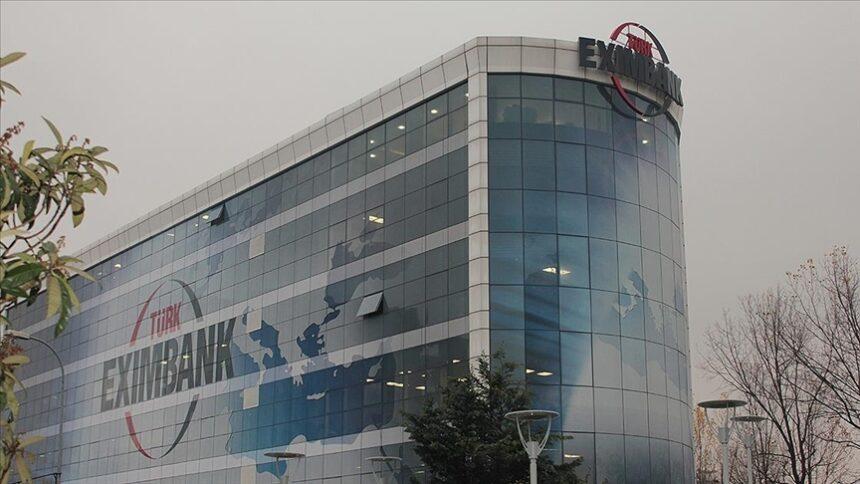Eximbank’s foreign currency credits, which are used to finance exports, are targeted to increase by more than 20 percent this year. The 15 percent contraction in the first half of 2023 was compensated by the increased limit after the elections, and the total credit volume in the whole year reached the level of USD 19.6 billion in 2022.
The ratio of exporter credits to total exports dropped to 7.6 percent. This was the lowest level in the last 10 years. The share of SMEs in export credits disbursed last year rose to 84.2%.
In his remarks to EKONOMİ newspaper, Ali Guney, the General Manager of Eximbank, said that their target for this year is to increase the amount of credits extended to exporters to USD 24 billion.
According to the information obtained, the amount of credit extended by Eximbank fell by 15 percent in the first half of 2023 compared to the same period of 2022. During this period, the daily credit limit set by the Central Bank was TRY 300 million. However, after the election process in the second half of the year, the limit was first increased to TRY 1.5 billion in July and then to TRY 3 billion 50 million. With the acceleration in Eximbank credits following the increased credit volume, the loss in the first half was compensated, thus reaching the total credit amount of USD 19.6 billion in 2022.
42.2% of credits will be allocated to high-technology
Pointing out that Eximbank sets its strategic goals in line with Turkey’s export strategies and economic programs, Guney said, “We allocate our resources in a way that prioritizes value-added and high-tech exports. In 2023, we extended 40.7 percent of our loans to companies exporting high and medium-high technology. In 2024, we aim to increase this ratio to 42.2 percent. In addition, we continue our efforts to cooperate with other export support agencies, multinational regional investment and development institutions and to establish different financing mechanisms with these institutions in order to increase their competitiveness by offering a wider and more flexible product range to our exporters, to enable them to enter new markets and to increase their existing market shares to higher levels.”
Contribution of rediscount credits to FX reserves
The picture is not very positive in rediscount credits, which are frequently used by exporters. According to Central Bank data, the contribution of rediscount credits to foreign exchange reserves has been declining since 2020. While the contribution of rediscount credits to foreign exchange reserves was USD 23.06 billion in 2020, this amount decreased to USD 21 billion in 2021 and USD 17.6 billion in 2022. 2023 was not a bright year in this sense either. According to the latest data, the contribution of rediscount credits to foreign exchange reserves in the whole of 2023 was recorded as USD 4.34 billion dollars, the lowest value since 2012.










